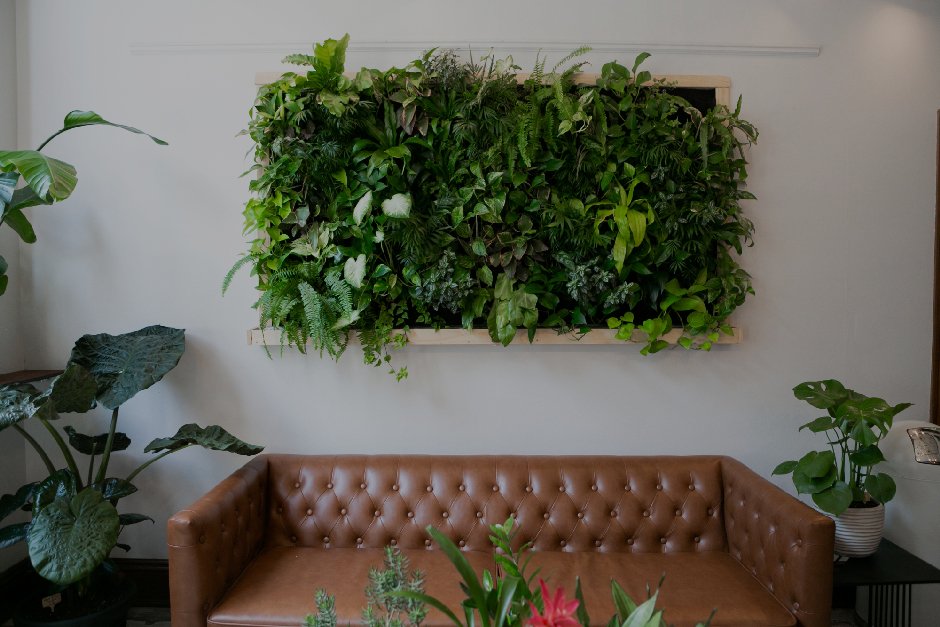Artificial plants have emerged as a favoured choice in interior design, offering a low-maintenance yet visually appealing alternative to real foliage. Among these, artificial trees stand out for their ability to add grandeur and vertical interest to indoor spaces. In this guide, we’ll delve into the techniques and strategies for creating lifelike indoor gardens using artificial plants, with a special focus on artificial trees.
Understanding Lifelike Artificial Plants
When it comes to artificial plants, there’s a wide range of options available, including silk, plastic, and fabric varieties. Lifelike artificial plants are crafted with attention to detail, mimicking the texture, colour, and shape of their real counterparts. These high-quality artificial plants offer several advantages over real plants, such as durability, resistance to pests, and the ability to thrive in low-light conditions.
Design Principles for Lifelike Indoor Gardens
Creating a lifelike indoor garden starts with selecting the right mix of artificial plants, including artificial trees, shrubs, and flowering plants. Aim for variety in sizes, shapes, and textures to mimic the diversity of a natural garden. Incorporating natural elements like rocks, moss, or wood can enhance the realism of the setup, providing a more authentic and visually appealing environment.
Placement and Arrangement Techniques
Strategic placement is key to achieving a lifelike effect with artificial plants. Consider the lighting conditions and spatial constraints of your indoor space when positioning artificial trees and plants. Layering plants of different heights and textures creates depth and dimensionality, while using decorative planters and baskets adds to the aesthetic appeal. Mixing artificial plants with real elements like driftwood or pebbles can further enhance the natural look of your indoor garden.
Maintenance and Care Tips
While artificial plants require less maintenance than real plants, they still benefit from occasional cleaning and upkeep. Regular dusting helps to keep artificial foliage looking fresh and vibrant, while preventing fading and discoloration caused by sunlight exposure. When not in use, store artificial plants in a cool, dry place to prolong their lifespan and maintain their appearance.
DIY Projects and Creative Ideas
Get creative with your indoor garden by incorporating DIY projects and unique ideas. Craft custom planters or terrariums to showcase artificial trees and plants, using materials like reclaimed wood or decorative ceramics. Repurpose household items like mason jars or old crates to create charming garden displays. Experiment with vertical gardens or wall-mounted arrangements to make the most of limited space, and add personal touches with embellishments or accessories.
Conclusion
Creating a lifelike indoor garden with artificial plants allows you to enjoy the beauty of nature without the hassle of maintenance. By following the design principles and techniques outlined in this guide, you can craft a stunning and sustainable green space that enhances the ambiance of your home or office. Whether you opt for artificial trees, flowering plants, or a mix of both, the key is to let your creativity flourish and design a space that brings joy and tranquillity to your surroundings.









